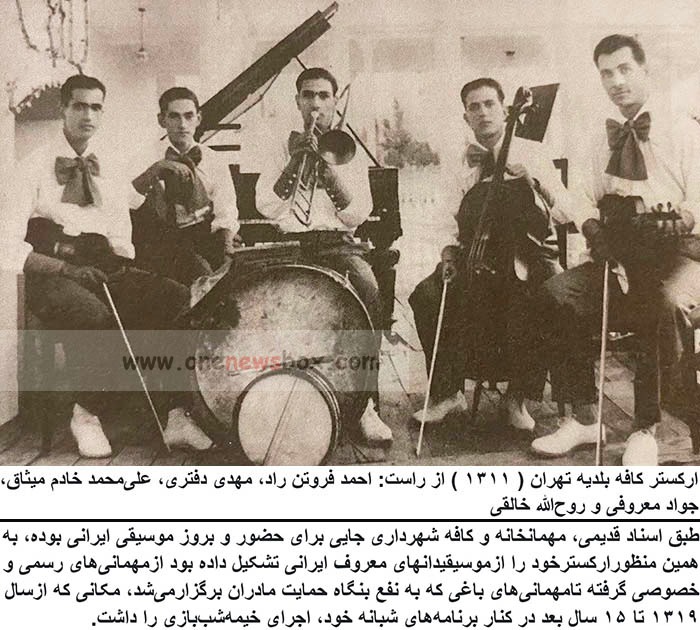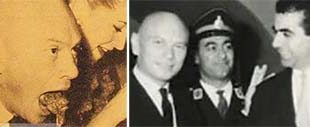The Birth of the Capital Theater Café
On September 18, 1932, the Capital Theater Café opened its doors at the site now known as Daneshjou Park. During the early Pahlavi era, Tehran was undergoing rapid modernization, and spaces like the Capital Theater Café emerged as vibrant cultural and social hubs. This café, referred to as the Baladieh Café, became a popular recreational spot for Capital’s residents. People gathered there to enjoy live music, engage in intellectual discussions, and partake in leisurely activities.
The café was a grand structure for its time, described as a robust building constructed by Monsieur Fard, an architect who used materials like stone, cement, and iron. Reports from newspapers of the era highlight its elegance and the hefty construction cost, which exceeded 100,000 tomans—a significant amount in those days. The café also hosted a dedicated orchestra, featuring some of Iran’s most prominent musicians, making it a vital venue for the promotion of Iranian music.
Beyond its cultural contributions, the Baladieh Café became a space for political dialogue and public gatherings. From hosting formal and private events to organizing charity functions, such as those benefiting the Mothers’ Support Foundation, the café played an essential role in Tehran’s collective memory for nearly three decades.

